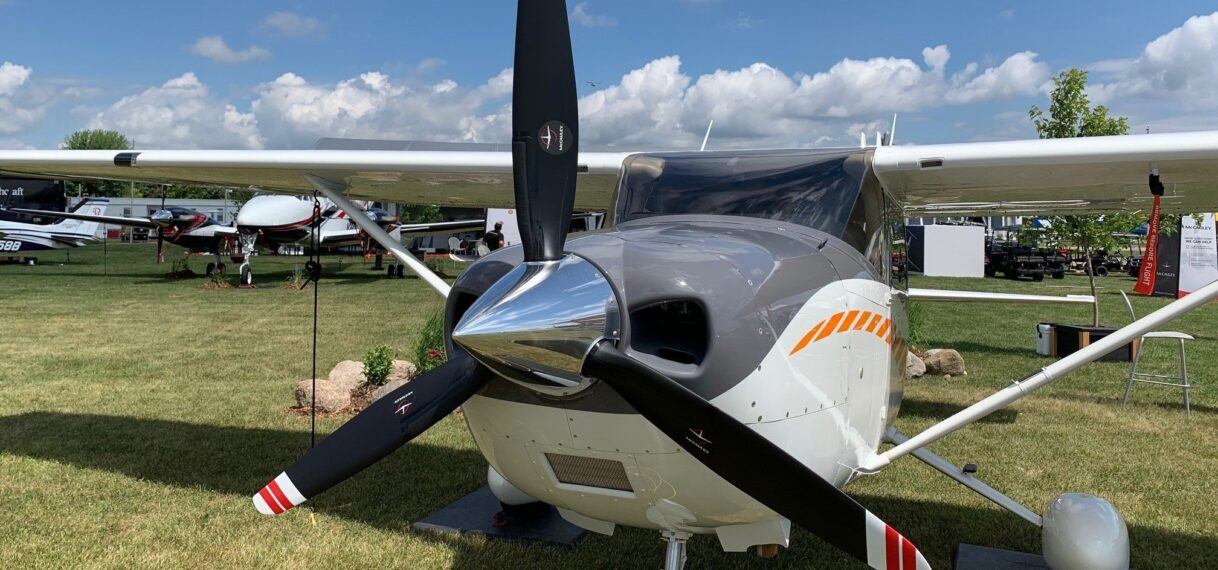Propulsion Systems Ltd, Aviation house, Wilson Airport
+254 750513083/ 741495037
Propulsion Systems Ltd, Aviation house, Wilson Airport
+254 750513083/ 741495037
Home-Unveiling the Propeller’...

March 2, 2022
In the realm of aviation, propellers serve as the unsung heroes, tirelessly slicing through the air to propel aircraft forward. Yet, despite their vital role, propellers are often overlooked when it comes to maintenance and inspection. In this extensive blog, we’ll embark on a comprehensive journey into the world of propeller checks for aircraft, exploring the importance, methods, and intricacies of ensuring propeller integrity and performance.
Understanding the Propeller: Before delving into propeller checks, it’s essential to understand the critical role that propellers play in aircraft operation. Propellers are not mere spinning blades; they are sophisticated aerodynamic devices designed to convert engine power into thrust, propelling the aircraft forward. Propellers come in various shapes, sizes, and configurations, each tailored to suit different aircraft types, performance requirements, and operating conditions. From fixed-pitch propellers commonly found on light aircraft to variable-pitch propellers used in high-performance turboprops, each propeller type requires specific maintenance and inspection procedures to ensure optimal performance and safety.
The Importance of Propeller Checks: Propellers are subjected to tremendous forces and stresses during operation, making routine checks essential for ensuring their integrity and airworthiness. Propeller inspections serve multiple purposes, including detecting damage, wear, or corrosion; verifying blade balance and alignment; and ensuring proper operation of pitch control mechanisms. Additionally, propeller checks are crucial for identifying signs of fatigue, delamination, or foreign object damage that could compromise the propeller’s structural integrity and lead to catastrophic failure in flight. By conducting regular inspections and maintenance, aviation professionals can mitigate risks, prevent accidents, and ensure the safe operation of aircraft.
Methods and Techniques for Propeller Checks: Propeller inspections encompass a range of methods and techniques designed to assess various aspects of propeller condition and performance. Visual inspections, conducted before and after each flight, involve examining the propeller blades for signs of damage, erosion, or deformation. This includes inspecting blade surfaces, leading edges, and blade roots for cracks, nicks, or corrosion. Additionally, technicians may use non-destructive testing techniques such as dye penetrant or magnetic particle inspection to detect subsurface defects or cracks that may not be visible to the naked eye. Dynamic balancing tests can also be performed to ensure that the propeller is properly balanced, reducing vibration and enhancing performance. Furthermore, regular lubrication and maintenance of pitch control mechanisms are essential to ensure smooth operation and precise blade pitch adjustments.
In conclusion, propeller checks are an integral part of aircraft maintenance and safety, ensuring that propellers remain in optimal condition for reliable and efficient operation. By conducting routine inspections, aviation professionals can identify and address potential issues before they escalate into safety hazards, thereby safeguarding the integrity of the aircraft and the safety of passengers and crew. Whether it’s a small general aviation aircraft or a high-performance turboprop, propeller checks are a critical aspect of aircraft maintenance that should never be overlooked. As we navigate the skies, let us remember the importance of propeller inspections in ensuring safe and smooth flights, for the propeller is not just a spinning blade—it’s the silent guardian of our journey through the skies.
Propulsion Systems Ltd - Copyright 2024. Designed and Developed by Urban Kreative Ltd
0 Comments
Your email address will not be published. Required fields are marked *